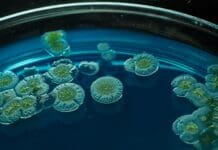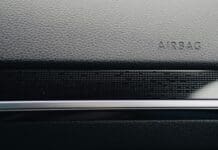
This post is also available in:
 עברית (Hebrew)
עברית (Hebrew)
The detection, recording, and identification of chemicals, drugs, and biological molecules often requires cumbersome devices. Now, an ordinary cell phone can detect hazardous materials.
Cell phones come with high-quality cameras that can detect low levels of light and remove digital noise from captured images through software processing. Texas A&M University researchers have utilized this sensitivity to create cell phone cameras that can act as microscopes in the past. They have created an extension for a standard smartphone that transforms it into a powerful chemical detector.
The researchers believe that their device provides a reliable method for detecting chemicals and pathogens in the field, all the while being low-cost. All the additional parts cost just around $50 more than a normal smartphone.
The breakthrough was created using two kinds of spectroscopy (the study of the absorption and emission of light and other radiation by matter) methods: Fluorescence spectroscopy, which measures fluorescent light emitted by a sample, and Raman spectroscopy, which can detect molecules that do not fluoresce or emit light at extremely low intensities.
The scientists ran experiments in which they examined different samples such as ethanol, acetone, isopropyl alcohol, and methanol using the homemade cell phone detector. They also measured the Raman spectra of various solid materials, such as a carrot, which was picked thanks to its high concentration of pigment carotene, and a bacterial pellet. This pigment and bacteria pigments readily absorb the wavelength of the laser light used in the device.
When they compared the sensitivity of the system to the most sensitive industrial Raman spectrometers available, the researchers saw that the ratio of signal to noise for the commercial instrument was about 10 times higher than their system.
The researchers note that the sensitivity of the cell phone detector could be doubled by making use of a single RGB channel for analysis, according to interestingengineering.com.

























